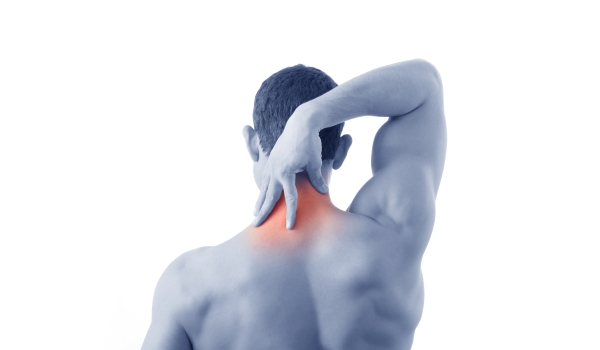First Class Levers

Why do we need first class levers? Human movement is subject to the laws of physics, and thus requires assistance to allow joints to work efficiently.
Understanding Levers.
In nature, most motion uses the principle of levers, with 1st class levers being one of the most common forms.
How Do First Class Levers Work?
Levers work on the principal of a rigid bar that pivots around a stationary fulcrum think, for example, of a see-saw. In the human body, the fulcrum is the joint axis, the bones function as the levers, while our skeletal muscles provide the energy to create the motion. By changing the position of the fulcrum, you can gain extra power with less effort.
Resistance takes a variety of forms, and can include the weight of a body part, the tension of an antagonistic muscle, or the weight of an object one is trying to move.
Different types of lever.
Physicists class levers as first, second, and third class, depending upon the relationship between the fulcrum, the effort, and the resistance.
Example of a 1st Class Lever
In the human body the best example of a 1st class lever is displayed when we nod our head the top of the spinal column acts as the fulcrum to allow the head to move.




